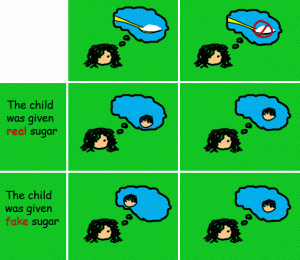Clinical trials in India
Stuff has a story from the Sydney Morning Herald on clinical trials in India. The basic claims are damning if true:
…clinical drug trials are at the centre of a growing controversy in India, as evidence emerges before courts and, in government inquiries, of patients being put onto drug trials without their knowledge or consent…
With a very few exceptions (eg some trials of emergency resuscitation techniques and some minimal-risk cluster-randomised trials of treatment delivery) it is absolutely fundamental that trial participants give informed consent. Trial protocols are supposed to be reviewed in advance to make sure that participants aren’t asked to consent to unreasonably things, but consent is still primary. This isn’t just a technical detail, since researchers who were unclear on the importance of consent have often been bad at other aspects of research or patient care.
The Fairfax story mixes in the claimed lack of consent with other claims that are either less serious or not explained clearly. For example
Figures from the drugs controller- general show that in 2011 there were deaths during clinical trials conducted by, or on behalf of, Novartis, Quintiles, Pfizer, Bayer, Bristol Mayer Squibb, and MSD Pharmaceutical.
Of course there were deaths in clinical trials. If you are comparing two treatments for a serious illness, the trial participants will be seriously ill. When you need to know if a new treatment reduces the risk of death, the only way to tell is to do a study large enough that some people are expected to die. Even if improved survival isn’t directly what you’re measuring, a large trial will include people who die. In the main Women’s Health Initiative hormone replacement trial, for example, 449 women had died by the time the trial was stopped. The question isn’t whether there were deaths, it’s whether there were deaths that wouldn’t have occurred if the trials had been done right.
There’s also a claim that families of participants who died were not given adequate compensation as part of the trial. If there had been consent, this wouldn’t necessarily matter. Lots of trials in developed countries don’t specifically compensate participants or relatives, and there’s actually some suspicion of those that do, because it provides another incentive to participate even if you don’t really want to.
Other sources: Times of India, Chemistry World, a couple of review articles, the Nuremberg Code

